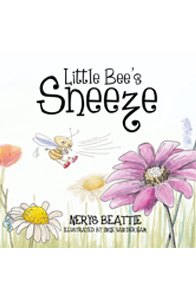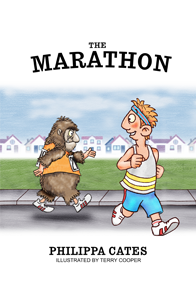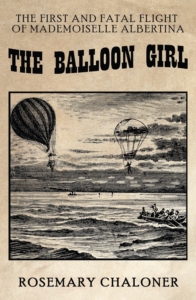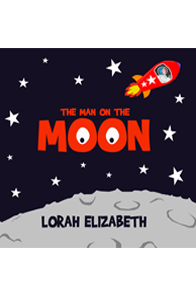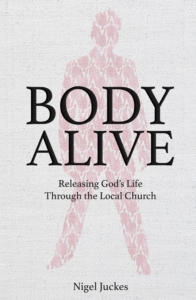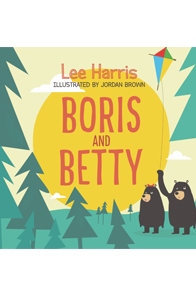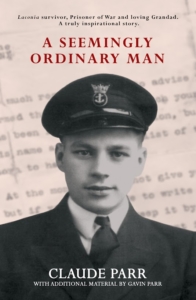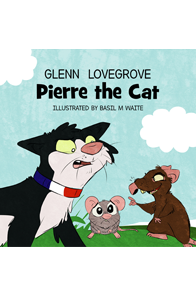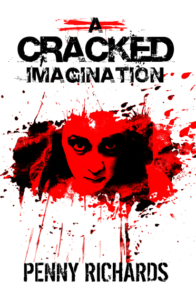So far we’ve identified how to create a productive and supportive writing environment. We’ve also met the challenge of what to write about by utilising our often neglected experiences to help inspire our writing and call forth minute details from our lives which may be of benefit to the story in progress. Our final look at this little trilogy of complaints from students will focus on ‘where’ to start their story.
The word ‘where’ in this question can be interpreted in a number of ways: a physical place, a setting for the story and how to structure a story. In looking at the first problem we can consider the writing environments discussed in the blog two weeks prior. We may also look beyond that to the planning for writing, so exactly where is our starting point? It may be the first time we put pen to paper, the planning for our writing environment, a brainstorm for a character, a story board for the action, bullet points of the spine of the story, an idea you had on your way to work or maybe it all comes back to a life experience which after years of waiting leaps forth with a refreshing point of view on something unchallenged. This may have echo back to the question of when writing begins, to which I agree, but where do these activities take place? Mobile phones are capable of documenting notes and short lists while any device with access to Word will enable you to start the story, or planning of it, in any manner of places. A note pad is equally effective if you have a half hour break at work but – personally – the best time for me to do most of my thinking is when I’m driving. When I’m sat in traffic for two hours a day I can drift off for a few minutes at a time, high above the cars queueing bumper to bumper on the A470 and far away from the daily monotony of ‘rush-hour’. Once you’ve reached your destination you can document any important notes on your phone to revisit at a time that suits you. With the technology that’s now available writer’s need not be chained to a desk or lock themselves away in a room of one’s own. Thinking about your writing, particularly in the early stages of development, can take place wherever you have freedom of thought.
The second and slightly more pertinent element of this question is where to stage the story. This comes down to one simple equation as to how much research you will need to engage with in order to be successful. If you grew up or lived in the place where you wish to set your story then you can draw from your own experiences (see last week’s blog) to add detail to the setting thus enhancing the reading experience for the reader. You may still wish to take photographs of the area and research some of the history but it will still be benefitting from your touch of warmth – or negativity – which accompanies each description.
Another important consideration to account for is whether the chosen setting is relevant to the theme of your story. Notable examples from the past include the use of Venice for Othello, the Yorkshire Moors for Wuthering Heights and London for The Adventures of Sherlock Holmes. The ‘where’ in this context means that the chosen setting should embody characteristics of the main protagonist or antagonist, or should emphasize key themes or sub-plots of the story. A shadowy tale of people not being true to themselves or others, holding secret meetings in dark alleys alongside some particular virtue being gradually worn away until it is sunken without trace, would certainly play out better in Venice than it would in – for argument’s sake – Marseille.
The final ‘where’ is concerned with how to structure a story and there are a variety of points which can introduce your reader to the action. Biographical or autobiographical novels generally start at the beginning of the main characters life or certainly pick up from their formative years. Other novels really can introduce the reader at any point the author wishes; novels such as Helen Fielding’s Bridget Jones’ Diary and Nathan Filer’s The Shock of The Fall focus very heavily on the main protagonist and open by subtly introducing the reader to some of the character’s main flaws through an introduction from the character themselves, often at a low point of embarrassment or tragedy. Lionel Shriver’s We Need To Talk About Kevin starts its journey after the tragic events which hang ominously over any nature versus nurture debate carried out throughout the reading of this wonderful novel. Likewise, Margaret Attwood’s Alias Grace and Alice Walker’s The Color Purple both begin their narrative after the main event (e.g. murder / rape) have taken place. Emily Bronte’s Wuthering Heights is a framing narrative which starts in the present day, Nelly Dean then relays the tale of the house and family’s history before returning once again to the present day. At this point I could reel off numerous examples of different author’s carefully chosen entry points to novels but it really does depend on what your story is and how you wish to tell it, basing your chosen structure on how best to relay the tale and which option would create the biggest effect on the reader. For example, a thriller may begin at a moment of high tension, just before the explosive ending, but may go back in time and relay the tale in a chronological order until it reaches, and then resolves, the mystery / tension from which it began. You’re the author so it is always your choice but you must at some point think of the effect on the reader.
At this point it is also useful to tie in any proposed storyline with a review of your character. As we have already discussed in an earlier blog, you can build your character from scratch and think about literally dozens of traits, such as their likes and dislikes, which will dictate their choices and provide a framework from which you can check for consistency as you move along. However, if you have decided upon your story and where it will begin you can work it in reverse order to shape your character. For example, if you had decided upon a failed bank robbery as the defining moment of your story then there are a number of questions you could think about in relation to your character: what has driven them to commit the crime, who they know who could assist them, the circles they move in, their experiences with weapons, what planted the seed of thought to do it, where else in their past they’ve displayed a failure to plan properly, and so on. You could continue asking yourself question after question and keep working it backwards until you find or create role models, shaping events and social circles which eventually lead your character to this moment. By building these layers you are – one would hope – left with a highly detailed background story filled with anecdotes or historical events which will also contribute to your novel or short story in their own way.
This blog, along with the two entries prior to it, were all pretty much the result of a number of conversations with students. As I write these blogs each week I always try to be flexible and embrace a wide range of questions or challenges that all new writers may face. I am now looking forward to returning to a little more technical analysis and will spend the next few weeks looking at a variety of approaches to the novel. Writing is a particularly individual endeavour so continue writing, continue challenging yourself and continue to have faith in your own ability.
As always, please do feel free to leave any comments you have below. Happy writing!
A blog by Steve Marshall
—


